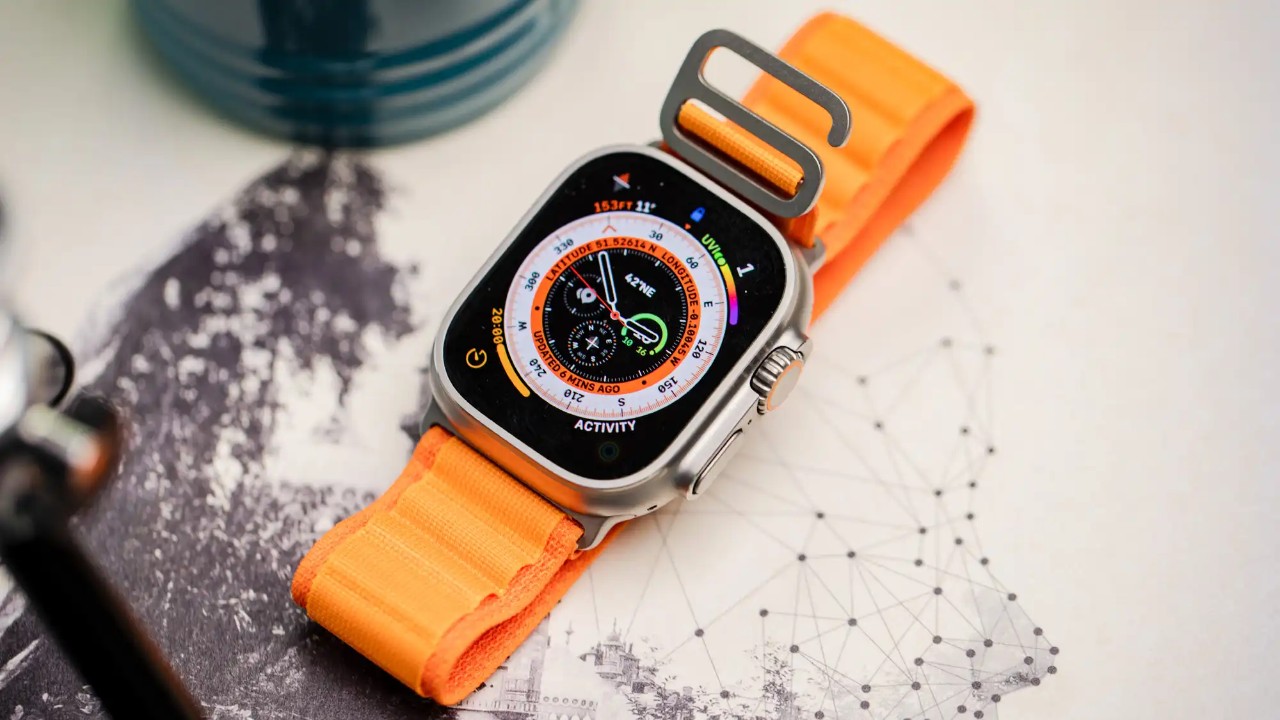Apple Watch has saved a life once again
With its accident detection feature, Apple Watch models have saved numerous lives, adding another to the list.

In a remarkable incident, the Apple Watch Ultra's fall detection feature became a lifesaving tool for Josh Furman, a 40-year-old diabetic man from Las Vegas. After falling unconscious due to a severe drop in his blood sugar levels, his smartwatch automatically contacted emergency services, a critical action that led to his timely rescue.
Josh Furman's experience underscores the Apple Watch Ultra's advanced capabilities. Detecting his fall, the watch promptly initiated an emergency call. Although Furman was unable to communicate with the 911 operator, the watch transmitted his location, enabling responders to locate and reach him quickly. In addition, it alerted his emergency contacts, which included his mother. She was able to inform the emergency team about her son's medical condition, further facilitating the rescue operation.
Apple Watch has saved a life once again
The significance of Furman's story lies in his proactive measure to customize his smartwatch settings. He had enabled the fall detection feature, usually turned off by default for users under 55. This decision turned out to be a pivotal one, as the feature is primarily designed to function during vigorous physical activities. Furman's choice to maintain the setting in 'always on' mode proved instrumental in saving his life. He advocates for the importance of being familiar with the device's features, suggesting that without the fall detection, the situation could have ended differently.
The Apple Watch is equipped with a fall detection feature that works by tapping the user's wrist, sounding an alarm, and displaying an alert if it identifies a significant fall. Users have the option to either contact emergency services directly or dismiss the alert. If the watch detects that the user has been immobile for about a minute following a fall, it will automatically place an emergency call and notify the user's emergency contacts of their location.
While the Apple Watch does not monitor blood sugar levels directly, its role in emergency situations like Furman's demonstrates the invaluable potential of wearable technology when leveraged effectively.
This incident serves as a testament to the lifesaving impact of smart wearable technology and the critical importance of understanding and using the features available to their fullest potential.
 Realme GT5 Pro features are causing excitementMobile
Realme GT5 Pro features are causing excitementMobile





